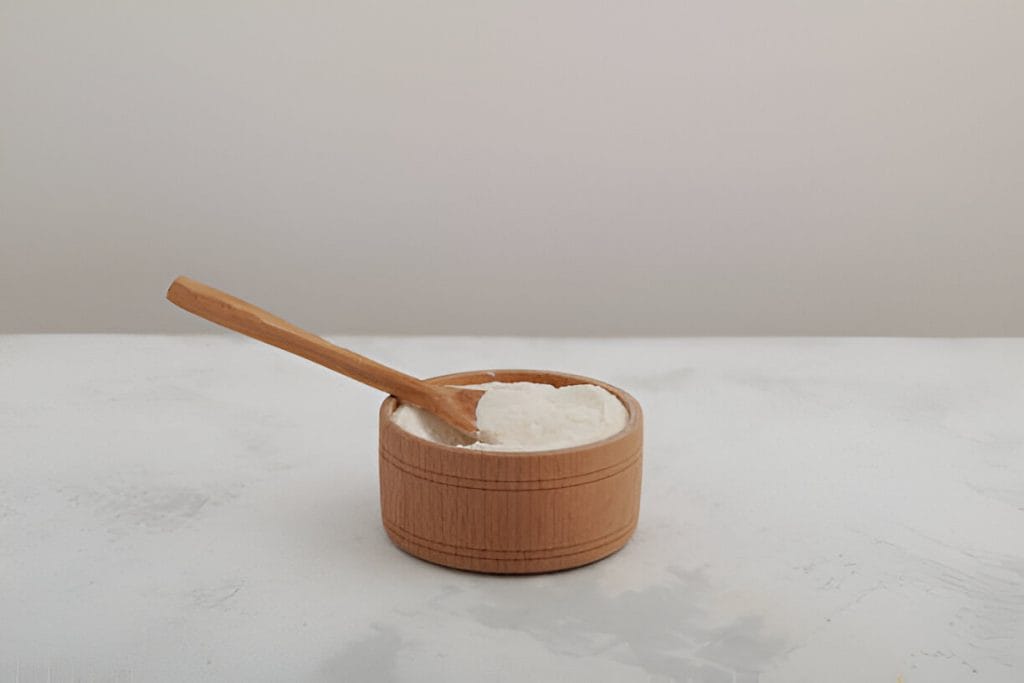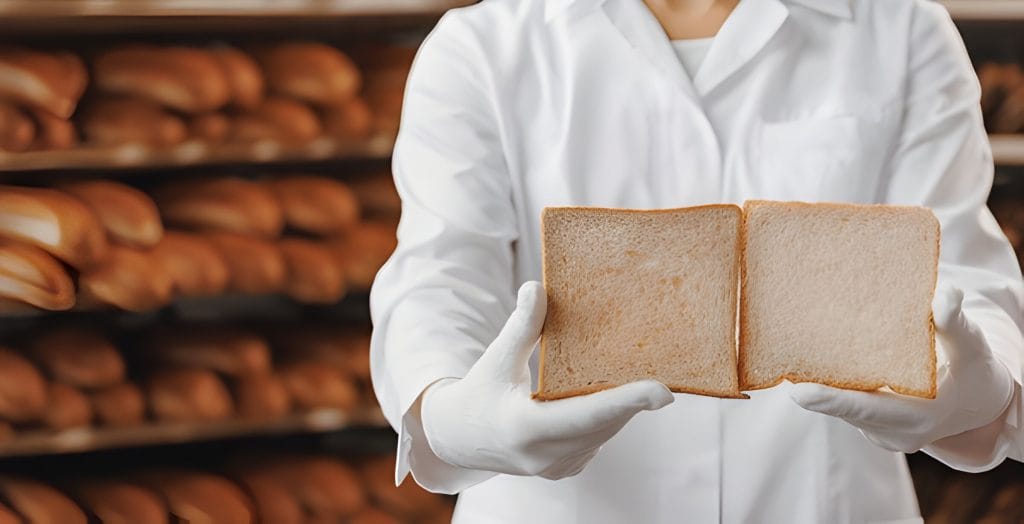Baking gluten-free buns can feel like a science experiment, and in many ways, it is. The lack of gluten presents challenges in achieving that soft, fluffy texture we all love in a bun. However, with the right understanding of the science behind gluten-free buns, you can overcome these challenges and create delicious, bakery-quality results. Let’s dive into what makes gluten-free buns unique, and how you can use science to master this art.
Table of Contents:
- What is Gluten and Why Do We Need It?
- The Role of Gluten-Free Flours
- Baking with Gluten-Free Binders
- Moisture and Structure: Achieving Fluffy Buns
- Tips for Perfect Gluten-Free Buns
- Conclusion
What is Gluten and Why Do We Need It?
Gluten is a protein found in wheat and other grains that gives bread its structure and elasticity. When mixed with water, gluten forms a network that traps gas produced by yeast, allowing the dough to rise and giving buns that soft, airy texture. In the science behind gluten-free buns, the absence of gluten means that bakers need to find alternative ways to create structure and achieve the same fluffiness.
External Link:
Learn more about gluten and its effects on bread structure in this Bakerpedia article on gluten. You can also read our article about the Best Gluten-Free Flours Blends.
The Role of Gluten-Free Flours
In gluten-free baking, the flour you choose plays a crucial role. Because there’s no gluten to provide structure, you need to rely on a combination of gluten-free flours to mimic its effects. Common gluten-free flours include:
- Rice Flour: A staple in gluten-free baking, it provides a mild flavor and fine texture.
- Almond Flour: Adds moisture and density to gluten-free buns.
- Tapioca Starch: Known for giving bread a chewy texture and helping bind the ingredients together.
Understanding how these flours interact is key to mastering the science behind gluten-free buns. Each flour brings different properties to the dough, and mixing them in the right ratios can make or break your buns.
Baking with Gluten-Free Binders
Binders are essential in gluten-free baking because they replace gluten’s role in holding everything together. Without them, the dough would be crumbly and difficult to shape. Here are some popular gluten-free binders:
- Xanthan Gum: A common binder that mimics the elasticity of gluten.
- Psyllium Husk: Adds fiber and helps retain moisture in gluten-free bread.
- Chia Seeds and Flaxseeds: When soaked in water, these seeds form a gel that binds the dough.
Using these binders correctly is critical to achieving the right texture in gluten-free buns. For example, xanthan gum gives dough elasticity, while psyllium husk improves water retention and provides a better crumb structure.

Moisture and Structure: Achieving Fluffy Buns
One of the biggest challenges in gluten-free baking is maintaining moisture. Gluten-free flours tend to absorb more water than wheat flour, which can result in dry, dense buns if not handled correctly. Here’s how moisture and structure work together in the science behind gluten-free buns:
- Increase Liquid Content: Adding extra liquid, such as milk or water, helps keep the dough moist and prevents it from drying out during baking.
- Use Eggs: Eggs act as both a binder and a source of moisture, helping to create a soft, tender crumb.
- Steam During Baking: Placing a tray of water in the oven while baking can introduce steam, which helps buns stay moist and rise better.
For a deep dive into what makes buns fluffy, check out The Science Behind Perfectly Fluffy Buns.

Tips for Perfect Gluten-Free Buns
To master the science behind gluten-free buns, here are some tips to keep in mind:
- Choose the Right Flour Blend: Use a combination of flours like rice flour, tapioca starch, and almond flour for the best results.
- Incorporate Binders: Don’t skip on binders like xanthan gum or psyllium husk to replicate the elasticity of gluten.
- Monitor Moisture: Add extra liquid if the dough seems dry, and use eggs to maintain a soft texture.
- Use Instant Yeast: This ensures a good rise even in gluten-free dough, which tends to be heavier than traditional dough.
- Rest the Dough: Let the dough rest for 15-20 minutes before baking to allow the flours and binders to fully hydrate, resulting in a fluffier final product.
External Link:
For more tips on gluten-free baking, check out this resource from King Arthur Baking.
Conclusion
Gluten-free baking may seem intimidating, but once you understand the science behind gluten-free buns, you’ll be well on your way to making soft, fluffy buns that everyone will love. By choosing the right flour blend, adding essential binders, and managing moisture levels, you can recreate the texture of traditional buns without any gluten. Whether you’re new to gluten-free baking or a seasoned pro, these tips and techniques will help you master the art of gluten-free buns.

